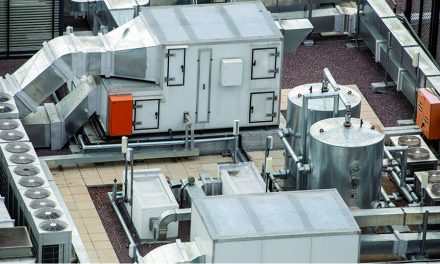Talk is cheap, but action moves mountains. How do you motivate a technical team to do something new? Companies around the country often struggle to implement new procedures into their business. They get tired of the fight and eventually give up.
Teaching a technical team can be difficult. Especially if you add unnecessary obstacles. We can all agree that no two technicians are the same and your style of leading will need to constantly change. Teams need a leader, someone who is willing to do the same work that’s expected of them.
When you struggle with a team that doesn’t want to do a task, ask yourself whether you’d be willing to do it yourself. If the answer is yes, then you’re in the right place.
Former marine drill instructor, movie actor, and motivational speaker R. Lee Emery ‘ aka Gunny (ncilink.com/RLErmey) ‘ stated, ‘you will not laugh, you will not cry, you will learn by the numbers, I will teach you.’

you will learn by the numbers,
I will teach you.’ — R. Lee Emery
Gunny stated this perfectly. He didn’t say ‘tell’ you. Instead, he used the word ‘teach.’
That is the key. You need to coach your technical teams verbally and teach them actively. But first you must understand all the principles and skills that you expect them to use in the field.
Once you’ve got a grasp of the information, share it with your team and practice with them. Set aside an hour a week to focus on one specific topic.
Be sure to help your team when they need it. If they need you at the job, go there and use that moment as a teaching opportunity to make them better.
Stop being a boss and become a leader.
What You’ll Teach Your Technical Team
Here are six skills team members need to know and be confident in. These include how to:
Install static pressure test ports – Installing test ports is not difficult. However, it can be intimidating for technicians to do the first few times. Show them how and where to install test ports. Even go a step further and allow them to practice on used equipment in your shop to help their confidence grow.
Locate and document the static pressure rating – Equipment nameplates have more information on them than most realize. This is where manufacturers post the equipment’s maximum rated total external static pressure (TESP). The nameplate provides a guideline to what TESP the fan should not exceed.
Measure total external static pressure – TESP is the pressure measured in and out of the equipment, then added together and compared to the equipment rating.
TESP will also help your technicians determine how much airflow the fan produces. In addition to TESP, they’ll take the fan size and speed, then plot out the fan airflow.
Measure pressure drops – Finding airflow restrictions requires measuring pressure drops across coils and filters. Static pressure measurement across components is as simple as measuring air where it enters and exits the component, then subtracting the lower number from the higher number. The tech compares that pressure number to a static pressure budget (ncilink.com/PSIBudgets). From that he or she can then see if the component is the issue.
Measure duct system pressures – Don’t forget about the duct system. You can take single measurementsin return and supply plenums. No math is needed here.
That one measurement tells you how restrictive that side of the duct system is. Then your tech can compare their measurement to a static pressure budget. This helps determine if the duct system has a restriction.
We’ll discuss static pressure budgets a little bit later.
Click Below to Go to the Next Page:













Recent Comments